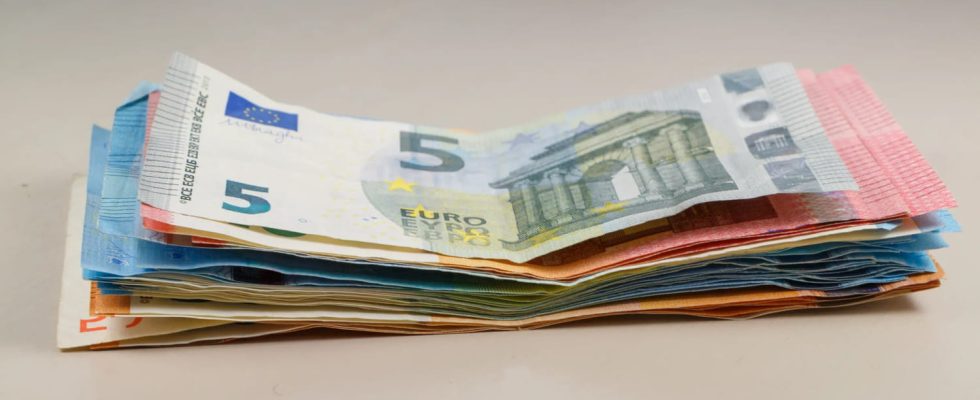Europe is preparing a major change in the banknotes we use every day. Here are the details
Have you ever noticed the bridges drawn on the euro banknotes that we use daily? These images, which have become iconic, may soon be a thing of the past. Indeed, Europe plans to give a new face to the currency that we all have in our pockets.
The European Central Bank (ECB) recently conducted investigation asking the public to choose from seven themes for the new posts. Some of the suggested themes include “hands: together we build Europe”, “rivers, the water of life in Europe”, and “our Europe, ourselves”. After this consultation, a design competition will be launched and we should see these new tickets coming out of dispensers in 2026.
But why is it so important? Although for many of us money is only a tool of exchange, the images on our banknotes have great symbolic significance. For example, if the theme of birds was chosen, it would represent “freedom of movement” and the protection of nature in Europe.
Banknotes often reflect the identity of a country or region. Unlike the United States or the United Kingdom, where presidents and kings dominate, Europe, with its 20 member countries, has the challenge of finding a unified image that speaks to all. And even if we think about highlighting artists, how do we decide which deserves to be on the €200 note and which on the €5?
The ECB’s previous solution had been to use fictitious bridges, thus avoiding favoring any particular country. However, this solution was undermined when Spijkenisse, a suburb in the Netherlands, built bridges resembling the banknote images!
With the advancement of technology, the use of cash is on the decline. The ECB reports that only 59% of transactions were in cash last year, down from 72% three years ago. For many, money now evokes the screen of a smartphone more than the sound of coins.
So while we look forward to these new banknotes, let’s not forget that the future of our currency may be increasingly digital, influenced by designs in Silicon Valley far more than decisions made in Frankfurt.
